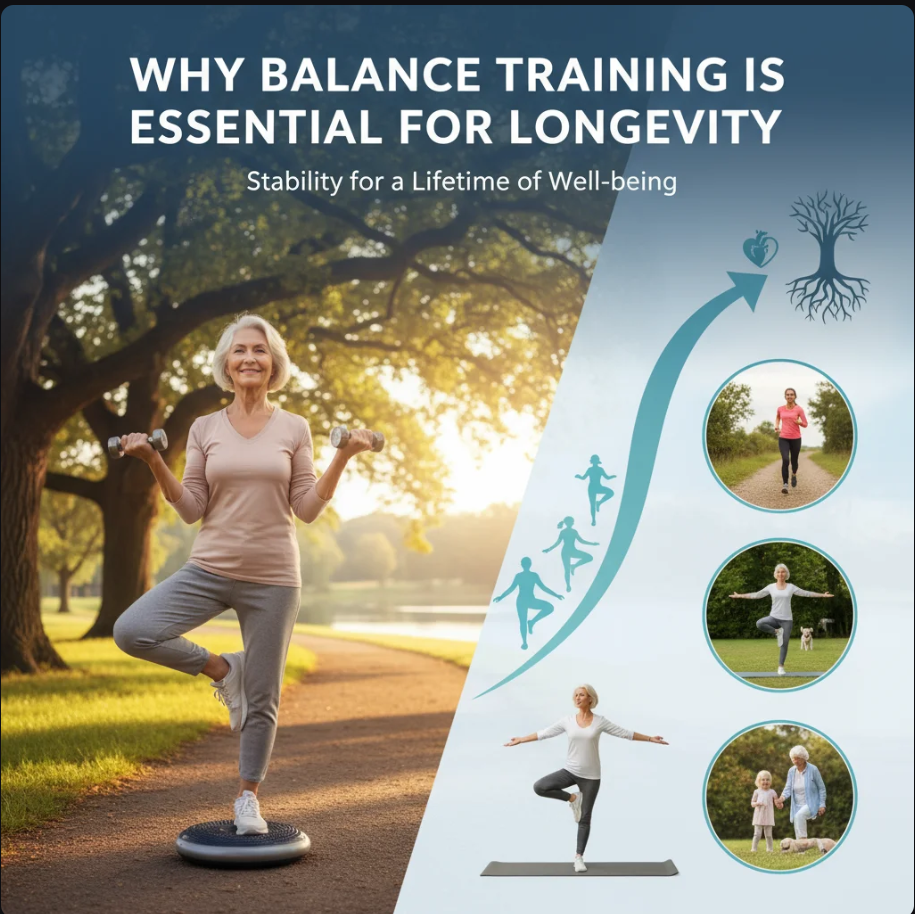Discover why hybrid gyms are becoming the future of fitness. Learn how the combination of digital and in-person training creates stronger communities and better workout experiences.
The fitness world has evolved dramatically over the past few years. Traditional gyms are no longer the only place to train, while digital fitness apps are no longer seen as temporary substitutes. Instead, a new model has emerged: hybrid gyms — a combination of physical training spaces and digital fitness platforms.
Hybrid gyms bring together the best of both worlds: the energy of in-person training and the flexibility of digital workouts. As fitness communities grow more diverse and technology becomes more seamless, hybrid gyms are setting new standards for how people stay active, connected, and motivated.
1. What Is a Hybrid Gym?
A hybrid gym integrates physical gym facilities with online fitness services. Members are not limited to working out at one location; they can:
- join virtual classes
- track progress using apps
- attend in-person sessions
- follow on-demand workout libraries
- communicate with coaches digitally
This model creates a fitness ecosystem that adapts to each member’s schedule, goals, and lifestyle.
2. Why Hybrid Gyms Are Becoming a Global Trend
2.1 Flexibility That Matches Modern Lifestyles
People now expect fitness solutions that fit into unpredictable schedules. Hybrid gyms offer:
- in-person workouts when time allows
- digital classes when staying home
- short on-demand sessions during breaks
Flexibility is no longer a luxury — it’s a requirement.
2.2 Stronger Community Engagement
Communities are not built only inside gym walls.
Hybrid gyms nurture engagement through:
- online challenges
- member groups
- digital leaderboards
- virtual coaching support
These elements help create belonging, even for those who rarely visit in person.
2.3 Hybrid Memberships Are More Cost-Effective
Many people hesitate to pay full-price gym memberships because they worry they won’t attend often.
Hybrid models solve this by offering:
- tiered membership options
- access to digital-only plans
- affordable add-ons
- seasonal bundles
The pricing structure becomes more flexible and appealing.
2.4 Seamless Integration with Fitness Tech
Smartwatches, AI wearables, and fitness apps are now part of everyday training.
Hybrid gyms can integrate with:
- heart rate trackers
- calorie monitors
- sleep analysis tools
- personalized AI workout programs
These integrations allow members to receive more accurate recommendations and performance tracking.
3. Key Features That Make Hybrid Gyms Stand Out
3.1 On-Demand Workout Libraries
Members can access hundreds of classes anytime, including:
- HIIT
- strength training
- mobility
- yoga
- dance cardio
No schedule restrictions, no location limits.
3.2 Live-Streaming Classes
Real-time virtual classes maintain the group energy of a traditional gym while giving remote members the opportunity to participate from anywhere.
3.3 Virtual Coaching and Progress Tracking
Coaches can:
- review members’ data
- provide personalized routines
- send feedback through apps
- monitor weekly goals
This improves accountability and support, even without face-to-face meetings.
3.4 Community Events and Hybrid Challenges
Challenges like “10-Day Strength Sprint” or “Virtual Run Month” motivate members and boost social interaction.
Digital leaderboards intensify motivation, while physical events strengthen camaraderie.
4. Benefits for Both Members and Gym Owners
For Members:
- freedom to train anytime
- personalized experiences
- access to expert coaching
- stronger community connections
- more consistency and motivation
For Gym Owners:
- expanded audience beyond local area
- additional revenue from digital memberships
- better member retention through hybrid engagement
- competitive differentiation in saturated markets
Hybrid gyms create long-term sustainability for the business model.
5. How Hybrid Gyms Are Shaping the Future of Fitness Communities
5.1 Fitness Becomes More Inclusive
People who feel intimidated by gyms or live far away can still join and feel included.
5.2 More Data-Driven Training
Hybrid models make it easier to collect performance data, enabling smarter training plans.
5.3 A Community That Lives Beyond Four Walls
Social interactions happen online, offline, and everywhere in between — creating a 24/7 support system.
5.4 A New Standard for Member Experience
The fitness industry is shifting from selling access to selling experiences.
Hybrid gyms deliver experiences that feel personalized, connected, and effective.
Conclusion
Hybrid gyms represent the next evolution of the fitness industry.
By combining the strengths of physical training spaces with the convenience of digital platforms, they offer flexible, inclusive, and community-driven experiences.
As technology advances and consumer expectations rise, hybrid gyms are set to become the dominant model — reshaping how people connect, train, and build healthier lifestyles.
Baca juga :













